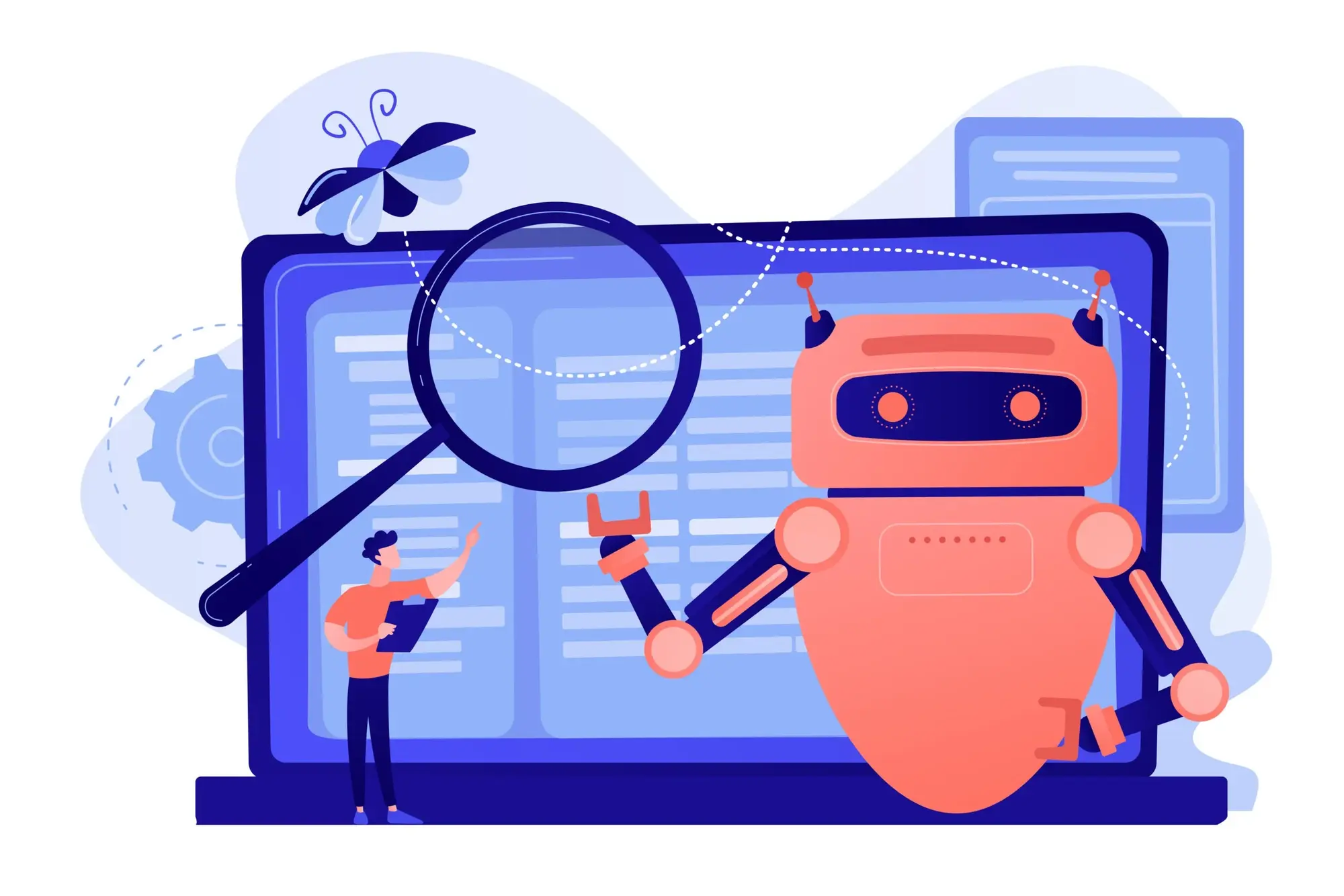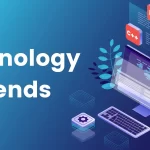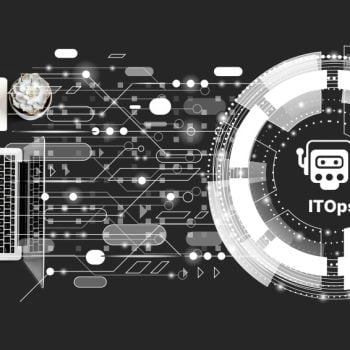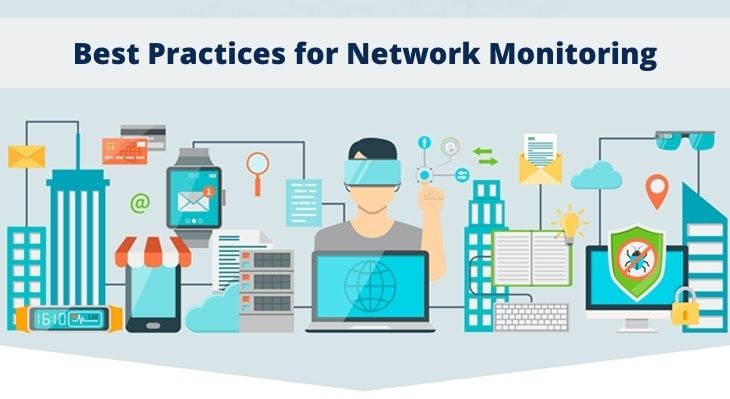IT operation management practices have always served as the infrastructure’s watchdogs and first responders, but they now do much more. ITOps experts are incorporated into build/run product teams where they will share ownership and accountability with the development team, testers, and system administrators.
What change might be the most challenging for an experienced ITOps professional? It no longer owns production. Today, development and the production environment work together. Embrace integrated product teams at this point. If they haven’t already, they will change how you work since they are here to stay.
Related article: Reasons Why Website Uptime Monitoring is Important for Your Business
In summary, the ITOps team’s job is evolving, and the changes are not minor. Your capacity as an ITOps specialist to adopt new practices and adapt to this new environment will determine your ability to benefit the company.
What are ITOM Practices?
A company’s infrastructure supporting its business services is set up, designed, configured, deployed, and maintained through various processes known together as ITOM or IT Operations Management. ITOM, to put it simply, is how your company manages its IT environment. ITOM keeps your IT running, from network security, configuration, and monitoring to devices, apps, and staff. Typically, ITOM uses many technologies to manage each of these processes separately.
ITOM Best Practices:
The emergence of cross-functional product teams in contemporary digital businesses is one of the most significant trends in IT operations. Project teams are making way for product teams, which create their own products in the production setting.
A cross-functional team with all the roles required to operate the service makes up the product teams. Instead of having independent siloed teams of developers, operations, testers, and administrators shifting work from one to the next, these roles will collaborate and offer business users a better product. The build/run paradigm is increasingly the norm for business operations.
ITOps personnel will need to adapt their ideas and methods of operation to survive and thrive in this environment. To make the product team construct successful, you must alter your thinking. In a product team, you are no longer an operations specialist; instead, you are a member of an integrated team that develops products for the company’s benefit.
Automating Tickets:
Standard ticketing and queues do not work well in a world focused on products. These systems have the potential to obstruct the delivery of services if they are not configured correctly. Consider automating the provision of infrastructure and incident handling. The effective rollout of a product-based method of working will depend on this automation.
Analyze the existing procedures:
You must understand what they are and how your IT landscape and business objectives relate to them to optimize and manage IT operational operations. To find and map your IT landscape, you must have a good knowledge base of IT operational processes and reliable solutions.
Your ITOM objectives may help to justify purchasing either or both if your company does not already have them. Your discovery may start with a manual audit of your environment and procedures, depending on the scope of your existing processes, the size and complexity of your IT ecosystem, and the management resources that are already available.
Decide on your deployment strategies:
You might need to consider different deployment strategies using various management techniques. Alternatives include consultants, specialized management employees, and “inventory management as a service” offered by vendors. Pay great attention to candidate methods. If outside knowledge is required, pay close attention to relevant background and cost transparency.
Automate:
Find the routine, repetitive IT administration tasks that can be automated quickly. Then, using rules based on corporate policies, automate those tasks. Automation ensures that jobs are carried out consistently, eliminates repeated human errors, and frees up expert individuals to work on tasks that are more difficult and valuable.
Audit your data:
The best information available must be the foundation for operational IT process decisions. Make sure your present data is accurate, comprehensive, consistent, up to date, and able to communicate with your selected ITOM solution before going too far down any specific ITOM solution road.
Team Collaboration:
In 2023, the collaboration will be necessary to move forward. ITOps are no longer able to serve as the production systems’ gatekeepers. The practice of denying developers access to live systems is no longer practiced. I issue a warning: if you are still adopting a gatekeeper mentality, you must alter it immediately.
With the build/runway method of working, your operations crew no longer needs to sit in the NOC and stare at those screens. The secret to success? By working together across teams, you can achieve high availability. Since engineers are always on call, they have a strong incentive to ensure that your systems are stable.
Related article: Looking to invest in a helpdesk solution? Here are 7 niche solutions you should check out.
Final Thoughts:
IT management must become completely operationally focused and driven by business needs and objectives to optimize its value and agility. A vital element in achieving that goal is effective ITOM. It is also an essential component of the robust and adaptable basis on which your company may pursue further IT advancements and initiatives to undergo digital transformation.
ITOM is prepared to see transformative developments thanks to artificial intelligence and machine learning. Through virtual assistants, intelligent recommendations, and predictive data analysis, many businesses already provide AI-powered solutions to enhance ITSM and service desk administration. Similar enabling capabilities will soon simplify the use of ITOM solutions.
Additionally, ITOM and cybersecurity initiatives are becoming more closely integrated. It corresponds to and follows the rising ITSM-security convergence. ITSM leaders and teams are adopting more agile methodologies for service development and delivery. DevSecOps techniques are bridging the gap between ITSM and cybersecurity. ITOM will soon be incorporated into similar initiatives.


















